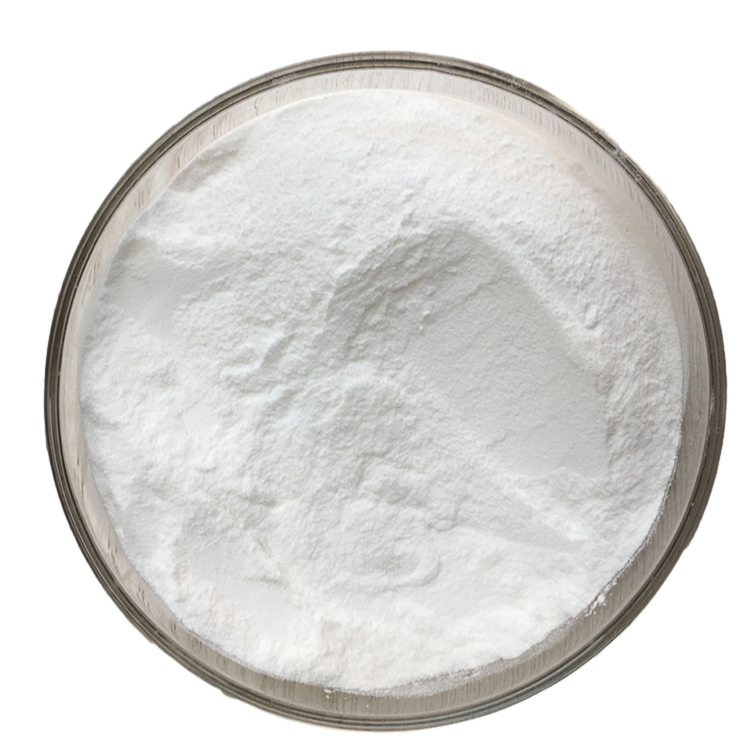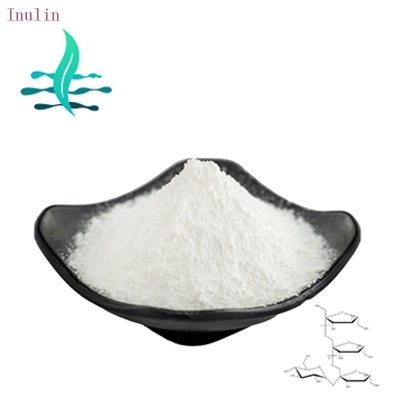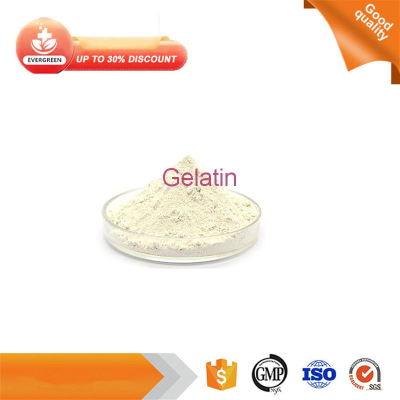-
Categories
-
Pharmaceutical Intermediates
-
Active Pharmaceutical Ingredients
-
Food Additives
- Industrial Coatings
- Agrochemicals
- Dyes and Pigments
- Surfactant
- Flavors and Fragrances
- Chemical Reagents
- Catalyst and Auxiliary
- Natural Products
- Inorganic Chemistry
-
Organic Chemistry
-
Biochemical Engineering
- Analytical Chemistry
- Cosmetic Ingredient
-
Pharmaceutical Intermediates
Promotion
ECHEMI Mall
Wholesale
Weekly Price
Exhibition
News
-
Trade Service
recently, 99 botanists collaborated to rigorously classify the diversity of phytosiical plants in New Guinea, establishing the first expertly validated list of phytosoflora plants in the new Guinean continent and surrounding islands and made them available globally.
this list includes 13,634 species, 1742 genus, and 264 covi tube plants, indicating that New Guinea is the world's most plant-rich island, according to a paper published online August 5 in Nature." list, which gathers specialized and exclusive researchers from around the world, assesses, proofreads and complements the accuracy and comprehensiveness of species, with unprecedented data reliability. Wei Ran, an associate researcher at the Institute of Plant Research of the Chinese Academy of Sciences and one of the compilers of the list, told the China Science Daily that this is the largest and most complete list of plant species currently graphed in the region. The list not only records the name of the species, but also includes data on the geographical distribution of each species, habitat information, living habits, and so on.
new Guinea is an eastern island of the Malay Islands, located north of Australia, west of the Pacific Ocean, south of the equator. The island in geological history is the Oceania plate and the Indian Ocean plate collision, geographically located near the world-famous Wallace biota, so the diversity of plants and animals is extremely complex, including the old world's flora and fauna, but also with the characteristics of the ANZ flora and fauna, many species are the world's rare and endangered species.
" New Guinea is the only island in South-East Asia with more native species than non-local species. The list proves that the local level of plants in New Guinea is unparalleled in tropical Asia, Rodrigo Cámara Leret, a professor in the Department of Evolutionary Biology and Environmental Studies at the University of Zurich, told China Science.
For example, Bulbophyllum nockuntum (known as Latin) is a strange orchid found on the island by researchers, which blooms at night and the sunrise fades, the first orchid species to bloom at night to date. Musa ingens holds the record for the largest and tallest non-woody plant in the world, with stems up to 15 meters high, 2 meters in verse and fruits of more than 1.5 kilograms, thicker than the average person's arm.
In addition, more than 2,800 orchids are currently recorded on New Guinea, while the potentially undiscovered new species of lanco may be more than 1,000, one of the most diverse areas of orchids in the world, providing a material basis for the study of the origin and diversity of orchids, the rational protection and use of orchid flower resources.from mangroves to savannas, New Guinea has developed a plant home with a complete ecological gradient, but due to its special geographical location, complex geographical environment and large area, in-depth exploration and survey of the island's biological resources has become extremely difficult. Previously, scientific estimates of the number of plant species in New Guinea ranged from 9,000 to 25,000, based on a list of names or estimates.
To narrow this range, the study brought together researchers from Switzerland, the United States, the United Kingdom, China, Australia, Papua New Guinea and other countries to conduct repeated professional checking and supplementation of species names, distributions, related names, classification histories, and endangered status.
first used online platforms such as the world's major botanical garden databases to collect and proofread data and compile a list of plant names. After standardizing botany names, nearly 25,000 species names from more than 700,000 specimens were examined to see if they were correctly parsed by the online platform. Eventually, the list provided by the researchers was used to independently compare the list with the New Guinea "Plants of The World Online", a dynamic classification portal based on literature mining that aims to become the most comprehensive source of information covering all vitil plants by 2020, to confirm the quality of the checklist.
Digital databases provide us with a lot of data that the human brain can't do, and databases can't assess the accuracy of their data, so it's important to use the human brain for data processing, processing and utilization, " says Mr Weiran. Our compilation of the list of plant species on New Guinea and its surrounding islands reflects an organic combination of data and the human brain, which complement and complement each other. This can be said to be the digital age, computer data and the human brain a perfect combination and game. Rodrigo
, also likened the large-scale, ground-breaking editing process to the "happiness marriage" of expert knowledge and big data. In particular, he cautioned that the number of species would swell by 22 per cent if online classification resources were relied on alone, and that in order to reduce uncertainty at the online platform, or "technical", more collaboration between botanists and online platforms was needed to continuously improve the quality of online resources." species discovery is a natural process in human society, understanding what plants around us are, how they are distributed, and whether they are useful, is at the heart of human existence. Rodrigo believes that the discovery of plant species diversity in New Guinea is not only a fundamental knowledge of plants, but also an important pillar of culture and basic research. It can serve as the basis for the IOD Red List assessment or it can be used to simulate the impact of climate change and land use on species distribution, providing important information for biodiversity conservation policies and decision-making.
Weiran told reporters that man-made activities on the island, especially the prevalence of agricultural activities such as
Ba" in the region, the destruction of low- and medium-altitude virgin forest areas is extremely serious, the biodiversity has been reduced, the ecosystem has been destroyed. Therefore, it is not enough to obtain knowledge of plant diversity and biodiversity conservation and maintenance studies in the relevant areas of the island need to be continued.
weiran believes that this work will provide valuable information for an in-depth study of the origin and evolution of tropical plant systems in Asia-Australia and is expected to facilitate exchanges and cooperation between our scientists and relevant research institutions on the island of New Guinea.
relevant paper information:







